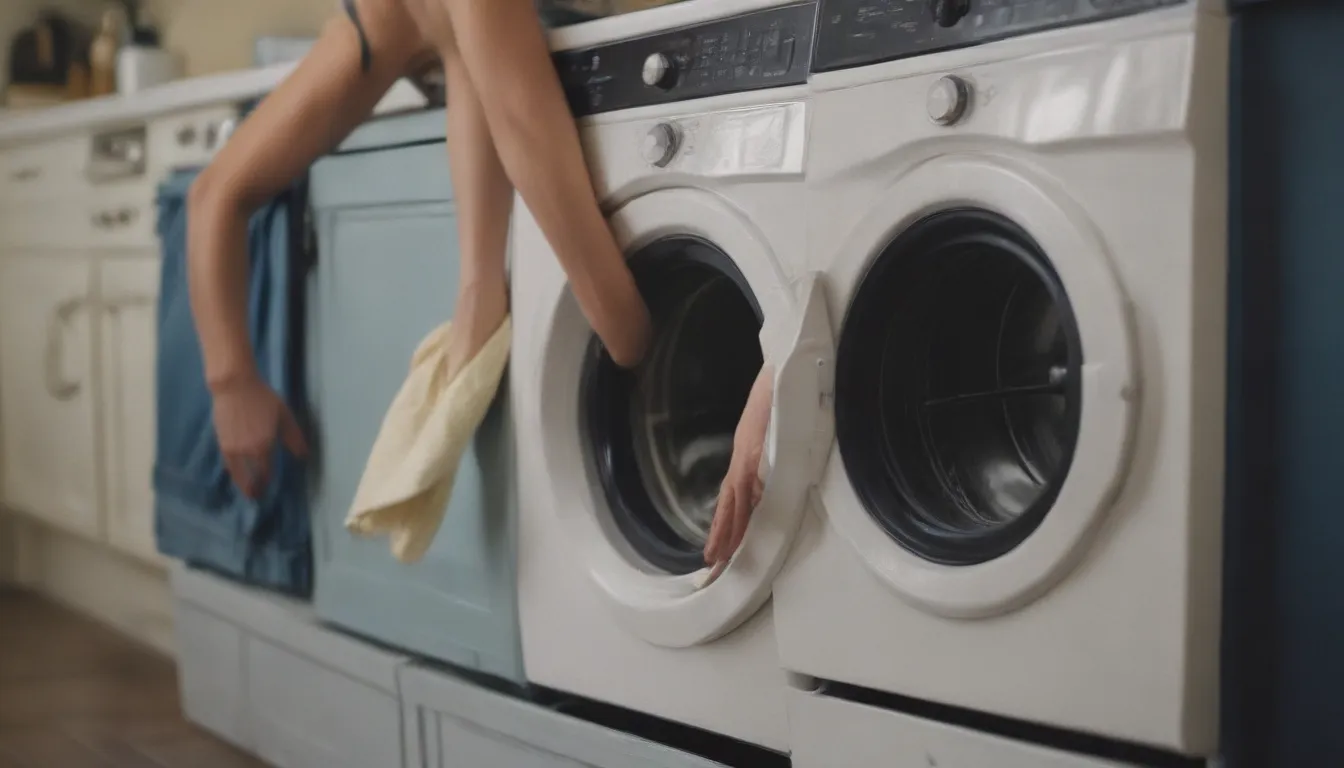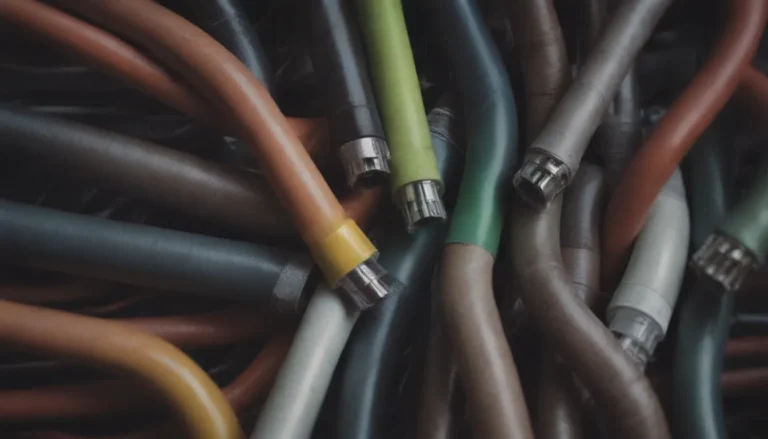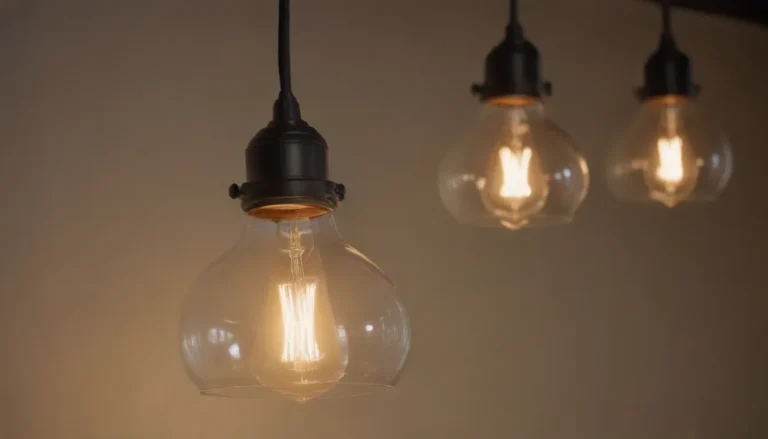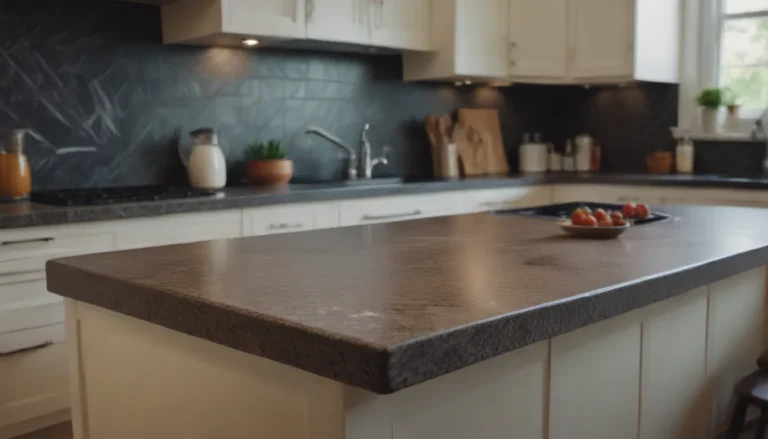Troubleshooting Guide: Common Whirlpool Washer Problems and How to Fix Them

Are you experiencing issues with your trusty Whirlpool washer? Don’t fret, as we’ve got you covered with this comprehensive guide on how to troubleshoot and fix some of the most common problems that may arise with your Cabrio or Duet model. Whirlpool washers are known for their durability and reliability, but like any appliance, they can sometimes act up. Whether your washer is making strange noises, displaying error codes, or not starting at all, we’ll walk you through the steps to get your machine back in working order.
Introduction to Whirlpool Washers
Before we dive into specific problems and solutions, let’s take a brief look at Whirlpool washers. These machines are designed to provide you with years of efficient and effective laundry cleaning. The average lifespan of a Whirlpool washer ranges from 10 to 15 years, depending on usage and maintenance. Regular care and maintenance can prolong the life of your washer and ensure optimal performance.
Common Whirlpool Washer Problems and Fixes
Here are nine of the most common problems that Whirlpool washer owners may encounter, along with potential solutions to address them:
1. Washer Making Unusual Noises
Problem: Your washer is making loud noises that are out of the ordinary.
Solutions:
– Check for any loose items, such as coins or buttons, that may be causing the noise.
– Make sure the washer is level and on a stable surface to prevent excessive vibration.
– Inspect the drum bearings and motor for signs of wear and tear.
2. Washer Won’t Start
Problem: The start button on the control panel is unresponsive, even though the lights are on.
Solutions:
– Verify that the washer is receiving power by checking the outlet and circuit breaker.
– Reset the washer by unplugging it for a few minutes and then plugging it back in.
– Examine the control panel for any error codes or indicators of a malfunction.
3. Washer Won’t Spin
Problem: The washer powers on, but the drum or basket is not spinning properly.
Solutions:
– Check for obstructions in the drum, such as tangled clothing or debris.
– Inspect the drive belt and pulley system for any damage or wear.
– Test the door latch or lid lock mechanism to ensure it is functioning correctly.
4. Washer Lid Won’t Lock
Problem: The washer lid locks initially but then unlocks, preventing the cycle from starting.
Solutions:
– Clean the lid lock mechanism to remove any debris or obstruction.
– Adjust the lid hinge to ensure proper alignment and closure.
– Replace the lid lock assembly if it is faulty or damaged.
5. LD Error Code Appears
Problem: The LD error code displays during the spin cycle.
Solutions:
– Check the drain hose for clogs or obstructions that may be causing drainage issues.
– Inspect the pump filter and drain pump for any debris or blockages.
– Reset the washer by following the manufacturer’s instructions or consulting the owner’s manual.
6. Washer Leaves Deposits on Dark Clothes
Problem: White deposits are left on dark clothes after washing, even with different detergents.
Solutions:
– Use a washing machine cleaner or descaler to remove built-up residue in the washer.
– Adjust the detergent amount and type used for each load.
– Select a higher water temperature setting to improve detergent solubility.
7. Washer Has a Burned Plastic Odor
Problem: Your washer emits a smell of burning plastic or rubber during operation.
Solutions:
– Check for any foreign objects or debris stuck in the drum or agitator.
– Inspect the motor and drive components for signs of overheating or malfunction.
– Clean the washer’s interior with a solution of vinegar and water to remove odors.
8. Rust Spots Appear on Washer Lid
Problem: Rust spots are forming on the inside of the washer lid.
Solutions:
– Use a rust remover or cleaner specifically designed for appliances to treat the affected areas.
– Dry the washer lid thoroughly after each use to prevent moisture buildup.
– Apply a protective coating or sealant to prevent further rust formation.
9. Washer Doesn’t Have Enough Water
Problem: Your Whirlpool washer is designed to use less water than older models, but it is not detecting water level changes.
Solutions:
– Check for clogs or restrictions in the water inlet valve or hoses.
– Verify that the water pressure is adequate for proper operation.
– Consult the owner’s manual for instructions on resetting the washer’s water level sensor.
When troubleshooting these issues, always refer to the manufacturer’s guidelines and safety precautions to avoid damaging your washer or risking personal injury. If the problem persists or you are unsure about performing repairs, it’s best to contact a certified technician for professional assistance.
How to Reset Your Whirlpool Washer
In some cases, resetting your Whirlpool washer may resolve minor issues or error codes. Here are a few methods you can try to reset your washer:
- Option 1: Press the cancel/pause button twice to reset the washer.
- Option 2: Unplug the washer for 10 minutes and then plug it back in.
- Option 3: Rotate the dial clockwise and counterclockwise with full turns, listening for clicks to indicate a reset.
Additionally, consult your owner’s manual for model-specific reset instructions and diagnostic modes. Understanding how to interpret error codes and diagnostic sequences can help you troubleshoot and resolve issues more effectively.
Conclusion
Maintaining and troubleshooting your Whirlpool washer doesn’t have to be a daunting task. By following these simple tips and solutions, you can address common problems and keep your washer running smoothly for years to come. Regular maintenance, proper usage, and timely repairs can extend the lifespan of your appliance and ensure optimal performance. Remember to always prioritize safety and consult professionals when in doubt. Happy washing!





